The world of eco-tourism is evolving, and at the forefront of this change are the majestic big cats. These magnificent creatures, from lions to tigers, have become a symbol of conservation and adventure. As the planet faces environmental challenges, many wonder if big cats could be the key to a sustainable tourism model that benefits both wildlife and local communities. In this article, we delve into the reasons why big cats may indeed hold the future of eco-tourism.
The Allure of Big Cats
Big cats possess an undeniable allure that captivates people across the globe. Their grace, power, and mystery evoke a sense of wonder that is hard to match. Imagine standing at a safe distance, witnessing a lioness leading her cubs through the savannah or a tiger prowling silently through the dense jungles. These experiences are not only thrilling but offer a glimpse into a world that few have the privilege to see firsthand. The magnetism of big cats draws tourists who are eager to experience these moments and learn more about the natural world.
Conservation Through Tourism
Eco-tourism centered around big cats has the potential to significantly aid in conservation efforts. By attracting tourists, these programs can generate the necessary funds for conservation projects. This financial support can be directed towards habitat preservation, anti-poaching initiatives, and research programs. For instance, in places like Africa and India, tourism revenue is used to support national parks and wildlife reserves. The presence of tourists also acts as a deterrent to poachers, as increased human activity makes it harder for illegal hunting to go unnoticed.
Empowering Local Communities
Tourism centered on big cats can have a profound impact on local communities. It provides job opportunities and stimulates local economies. By hiring locals as guides, rangers, and hospitality staff, communities see a direct benefit from preserving their natural surroundings. This economic empowerment encourages locals to become stewards of the environment, fostering a sense of pride and responsibility. Additionally, when communities benefit financially, they are more likely to support conservation efforts, creating a win-win situation for both humans and wildlife.
Education and Awareness
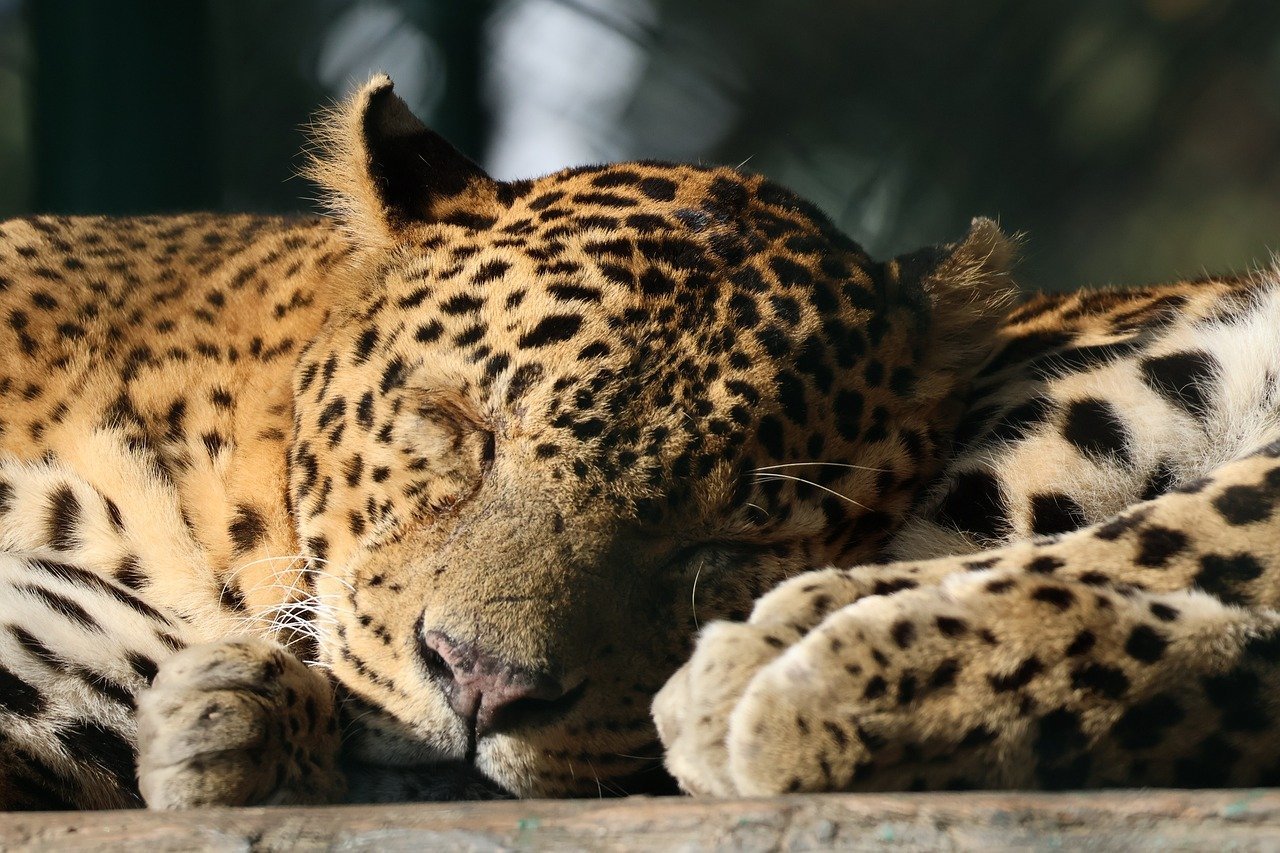
Eco-tourism involving big cats plays a crucial role in educating the public about wildlife and conservation issues. Tourists gain a deeper understanding of the habitats and behaviors of these animals through guided tours and educational programs. Such awareness is vital in changing perceptions and fostering a sense of responsibility towards conservation. By learning about the threats big cats face, from habitat loss to poaching, tourists are more likely to support conservation efforts and advocate for policy changes in their own countries.
Challenges in Big Cat Tourism
While the potential benefits of big cat tourism are significant, there are also challenges that need to be addressed. One major concern is ensuring that tourism activities do not disturb or harm the animals. Responsible tourism practices must be enforced, with strict guidelines to prevent overcrowding and stress on wildlife. Additionally, there is a risk of exploitation, where animals are kept in captivity for entertainment rather than conservation. It is crucial that tourism initiatives prioritize the well-being of big cats and adhere to ethical standards.
Innovative Conservation Models
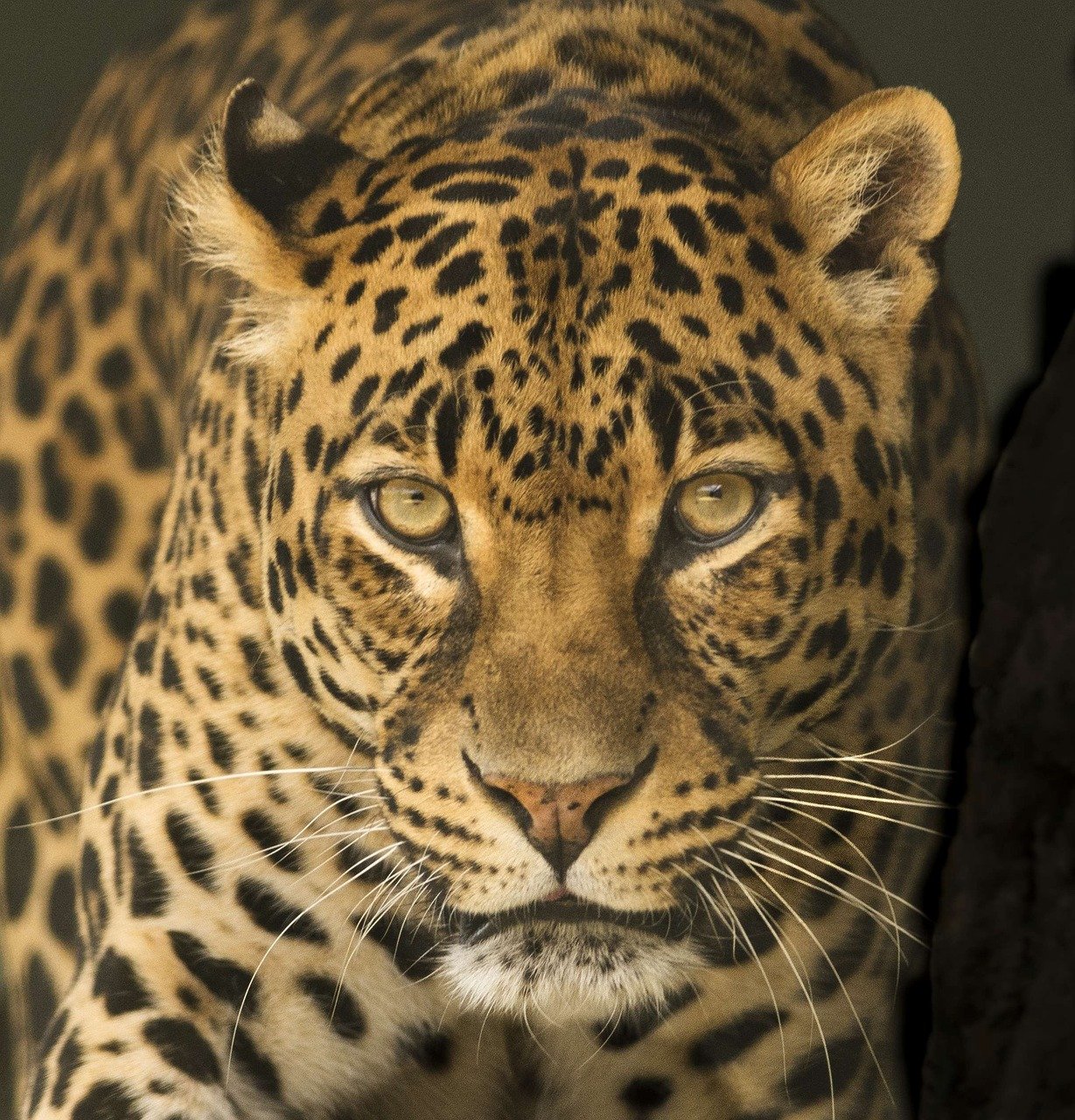
New and innovative conservation models are emerging within the realm of big cat tourism. One such model is the establishment of wildlife corridors, which connect fragmented habitats and allow animals to roam freely. These corridors are often funded by tourism revenue and are crucial for maintaining genetic diversity and healthy populations. Another model is community-based tourism, where locals are directly involved in the management and operation of tourism activities. These models ensure that conservation efforts are sustainable and have long-term benefits for both wildlife and people.
Technological Advancements in Eco-Tourism
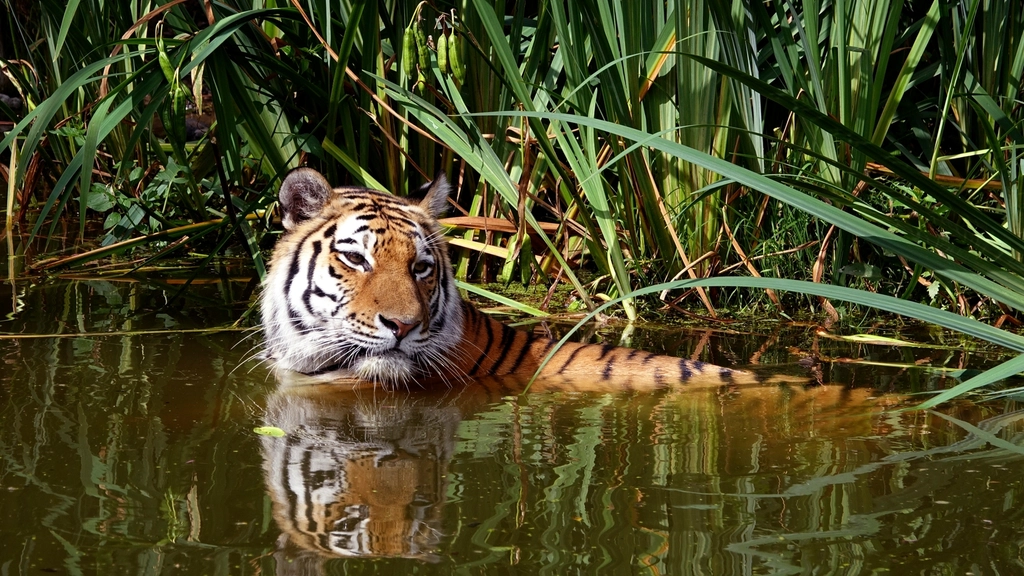
With the rise of technology, eco-tourism centered around big cats is experiencing a transformation. Drones, camera traps, and satellite tracking are some of the tools being used to monitor and study big cat populations. These technologies provide valuable data that can inform conservation strategies and improve the visitor experience. For instance, live streaming from remote locations allows tourists to observe big cats in their natural habitat without causing disruption. Technology thus enhances both the conservation and tourism aspects of eco-tourism.
The Role of Zoos and Sanctuaries
Zoos and sanctuaries play an important role in the conservation and education efforts related to big cats. While some may argue that these institutions confine animals, many zoos are involved in breeding programs and research that contribute to the survival of endangered species. Sanctuaries, on the other hand, provide a safe haven for rescued big cats and offer educational tours to the public. By raising awareness and funds, zoos and sanctuaries can complement field conservation efforts and support the broader goals of eco-tourism.
Case Studies: Success Stories
There are numerous success stories that highlight the positive impact of big cat tourism. For example, in Kenya’s Maasai Mara, community-based tourism initiatives have led to the establishment of conservancies that protect wildlife habitats. Similarly, in India, tiger tourism has contributed to the conservation of the species in reserves like Ranthambhore and Bandhavgarh. These case studies demonstrate that with the right approach, big cat tourism can lead to significant conservation gains while benefiting local communities.
Future Prospects for Big Cat Tourism
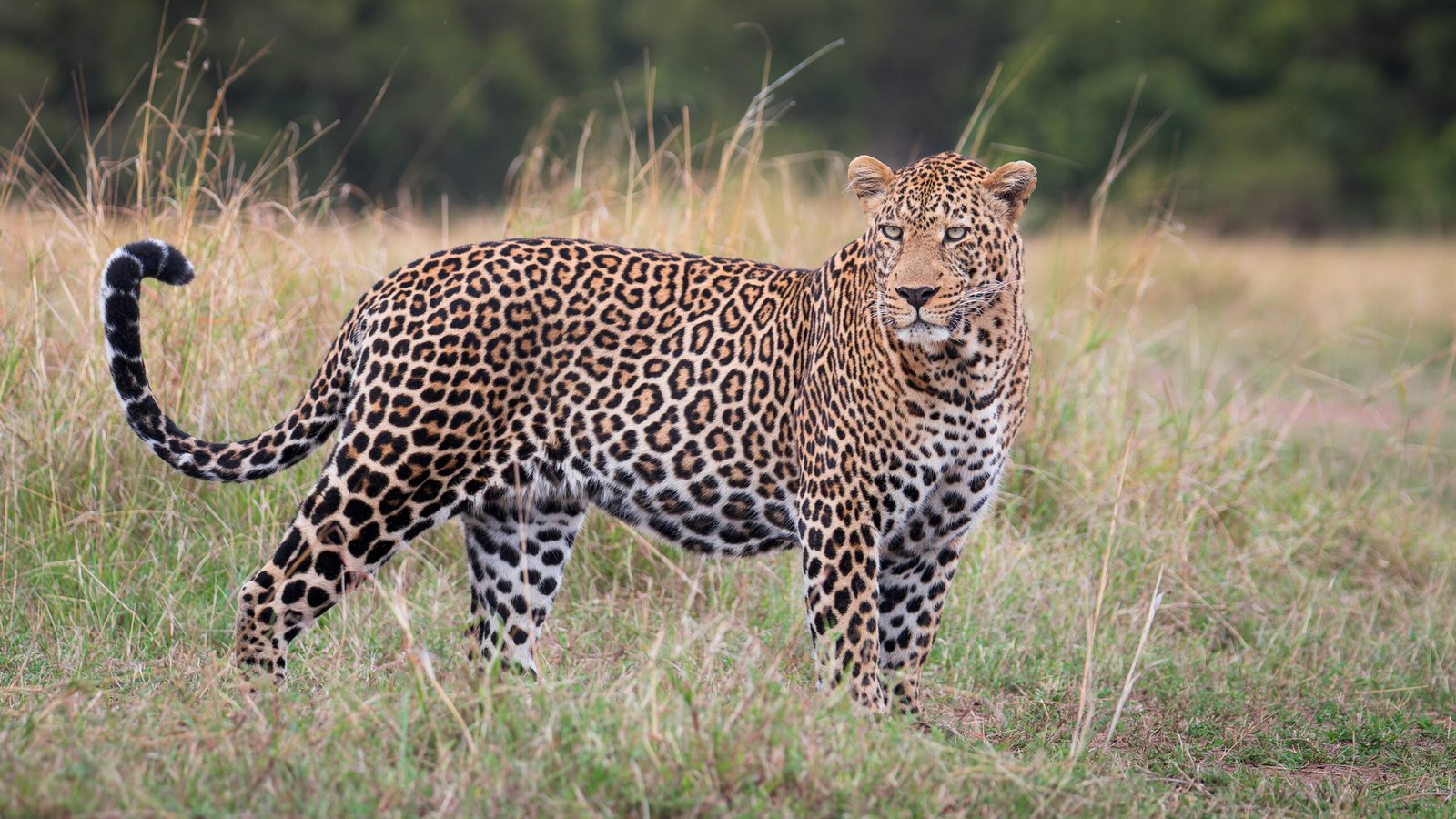
Looking ahead, the future of big cat tourism seems promising. As awareness about wildlife conservation grows, more people are seeking meaningful travel experiences that contribute to the preservation of the planet. The demand for eco-friendly and sustainable tourism options is increasing, and big cat tourism fits this niche perfectly. With continued efforts to promote ethical practices and community involvement, big cat tourism can play a pivotal role in the broader movement towards sustainable tourism.
Big Cats as Cultural Icons
Big cats have long held a place of significance in various cultures around the world. From the lion’s association with royalty and power to the tiger’s representation of strength and courage, these animals are more than just wildlife; they are cultural icons. This deep-rooted connection enhances their appeal in eco-tourism, as travelers not only seek wildlife encounters but also wish to understand the cultural narratives that surround these magnificent creatures. By tapping into this cultural dimension, eco-tourism can offer richer, more immersive experiences.
Environmental Benefits of Big Cat Tourism
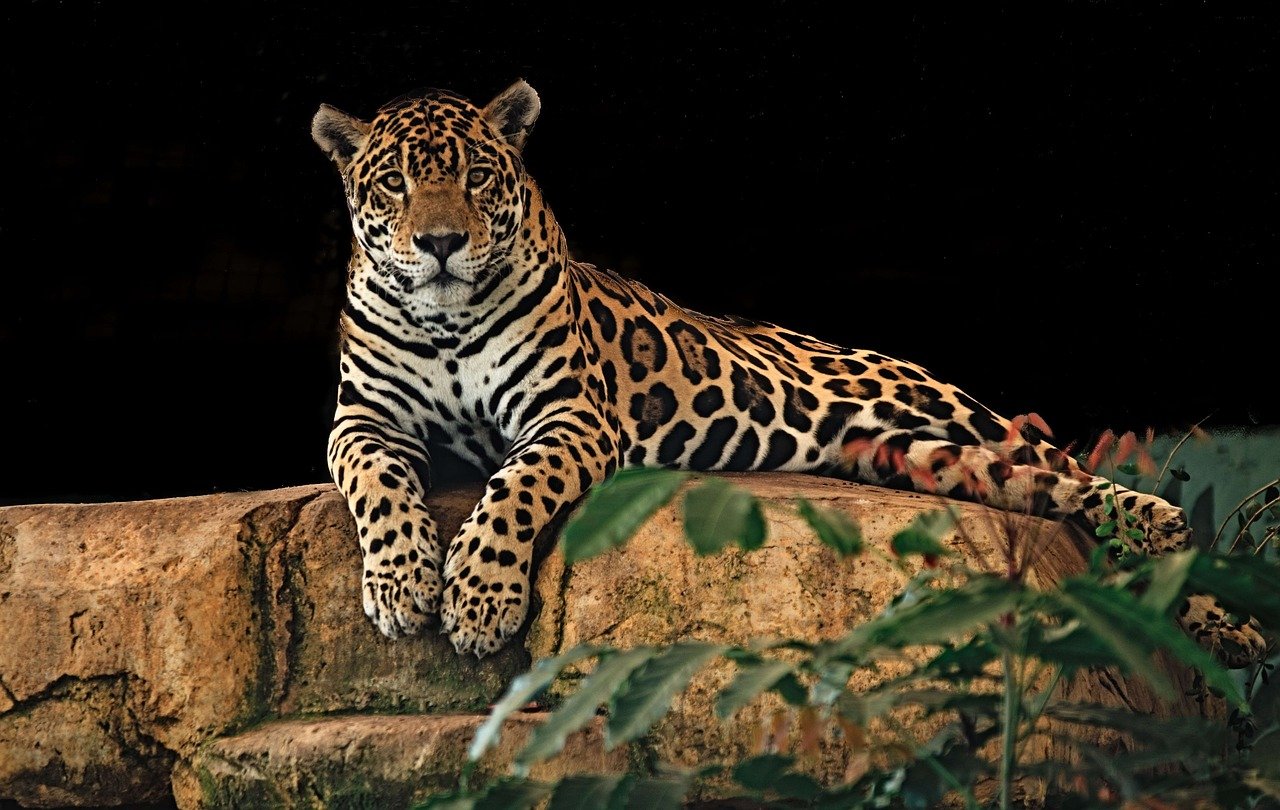
Big cat tourism can also lead to broader environmental benefits beyond direct conservation efforts. By preserving habitats for big cats, other species and ecosystems are protected as well. This holistic approach to conservation ensures that entire landscapes are maintained, supporting biodiversity and ecological balance. Moreover, eco-tourism promotes sustainable practices such as reduced carbon footprints, minimal waste production, and conservation-minded infrastructure development. These environmental benefits extend the positive impact of big cat tourism beyond just the animals themselves.
Engaging the Younger Generation
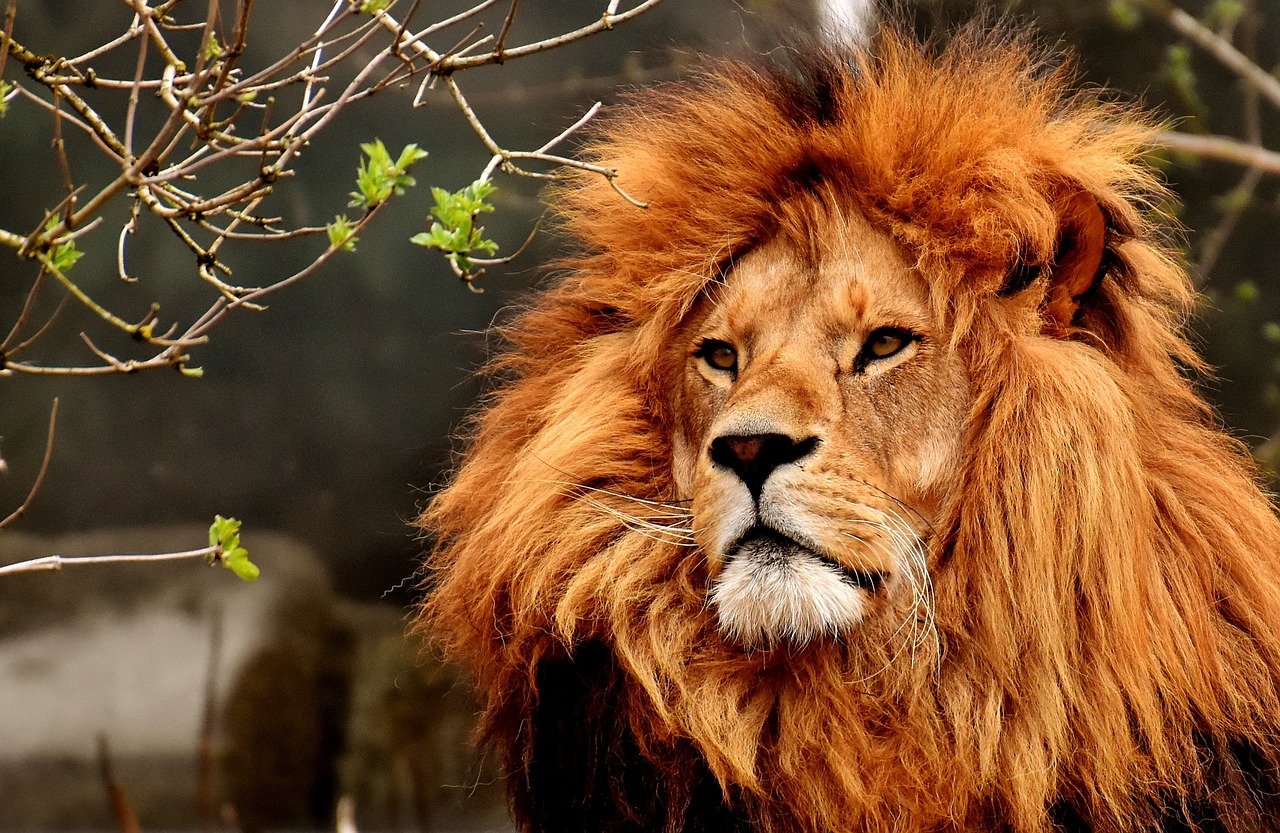
The involvement of the younger generation is crucial for the future of big cat tourism. Today’s youth are more environmentally conscious and eager to make a difference. By engaging them through educational programs, social media campaigns, and interactive experiences, eco-tourism can inspire a new generation of conservationists. Young travelers often seek authentic experiences that align with their values, making big cat tourism an attractive option. Their passion and enthusiasm can drive positive change and ensure the longevity of conservation efforts.
The Impact of Celebrity Endorsements
Celebrity endorsements can have a significant impact on the popularity and success of big cat tourism. When well-known figures advocate for wildlife conservation, they bring attention to the cause and inspire their followers to take action. Celebrities like Leonardo DiCaprio and Ellen DeGeneres have used their platforms to raise awareness about big cat conservation, influencing public perception and encouraging responsible tourism. These endorsements can amplify the message of eco-tourism and attract a wider audience to support conservation initiatives.
Building Partnerships for Conservation
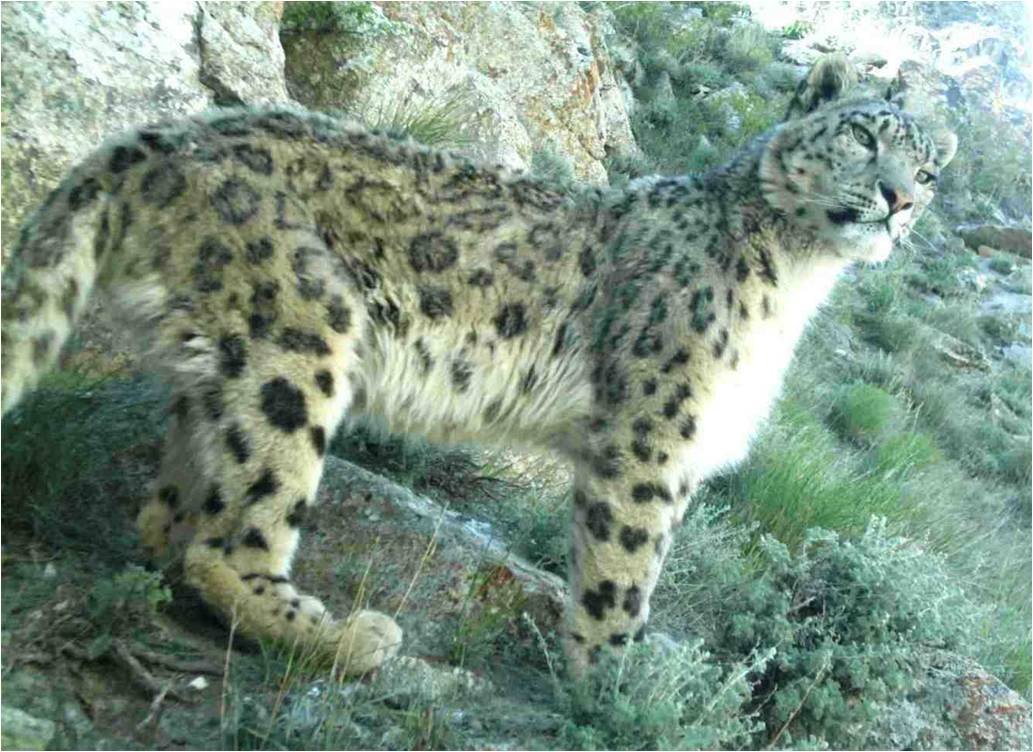
Partnerships between conservation organizations, governments, and the private sector are essential for the success of big cat tourism. Collaborative efforts can lead to more effective conservation strategies, increased funding, and greater public engagement. By working together, stakeholders can address challenges such as habitat loss, poaching, and climate change. These partnerships also ensure that tourism practices are aligned with conservation goals, creating a unified approach to protecting big cats and their habitats.
Addressing Ethical Concerns
Ethical concerns are a major consideration in big cat tourism. It is important to ensure that tourism practices do not exploit animals or harm their natural behaviors. Ethical tourism involves respecting wildlife, maintaining safe distances, and prioritizing the well-being of animals. Tourists should be encouraged to choose operators that adhere to ethical guidelines and support conservation efforts. By addressing these concerns, big cat tourism can maintain its integrity and continue to contribute positively to conservation.
The Role of Social Media in Promoting Eco-Tourism
Social media has become a powerful tool for promoting eco-tourism and raising awareness about big cat conservation. Platforms like Instagram, Facebook, and Twitter allow travelers to share their experiences and inspire others to engage in responsible tourism. Stunning images and captivating stories can reach a global audience, highlighting the beauty and importance of big cats. Social media campaigns can also educate the public about conservation issues and encourage support for ethical tourism practices.
Opportunities for Volunteerism
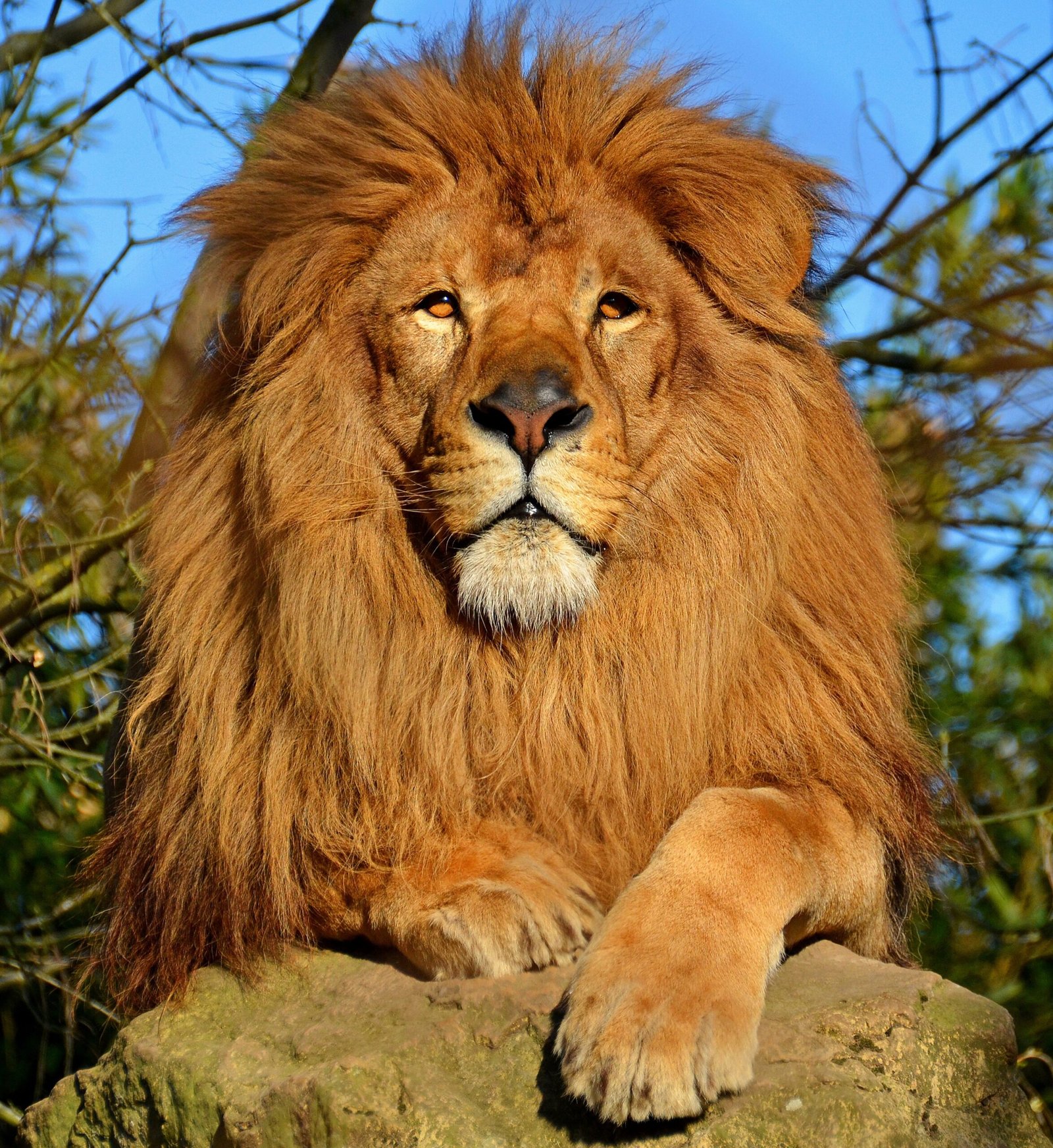
Volunteerism is an integral part of big cat tourism, offering travelers the chance to contribute directly to conservation efforts. Many eco-tourism programs include opportunities for volunteers to assist with research, habitat restoration, and community education. These hands-on experiences provide valuable insights into the challenges and rewards of conservation work. By volunteering, travelers can make a tangible impact and gain a deeper appreciation for the importance of preserving big cats and their habitats.
The Role of Storytelling in Eco-Tourism
Storytelling is a powerful tool in eco-tourism, allowing travelers to connect with the experiences and emotions of those involved in conservation. Through stories, tourists can learn about the lives of big cats, the challenges they face, and the efforts being made to protect them. Guides and local communities can share their personal narratives, adding depth and meaning to the tourism experience. Storytelling fosters empathy and understanding, inspiring travelers to become advocates for conservation.
In conclusion, big cats hold immense potential for the future of eco-tourism. Their allure, combined with the benefits of conservation, community empowerment, and education, makes them a central focus for sustainable tourism. By addressing challenges and promoting ethical practices, big cat tourism can lead to a brighter future for both wildlife and the communities that depend on them.
Hi, I’m Bola, a passionate writer and creative strategist with a knack for crafting compelling content that educates, inspires, and connects. Over the years, I’ve honed my skills across various writing fields, including content creation, copywriting, online course development, and video scriptwriting.
When I’m not at my desk, you’ll find me exploring new ideas, reading books, or brainstorming creative ways to solve challenges. I believe that words have the power to transform, and I’m here to help you leverage that power for success.
Thanks for stopping by, Keep coming to this website to checkout new articles form me. You’d always love it!






